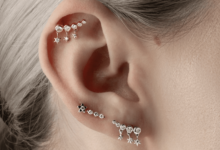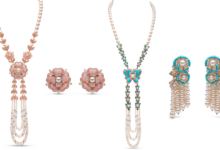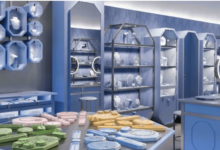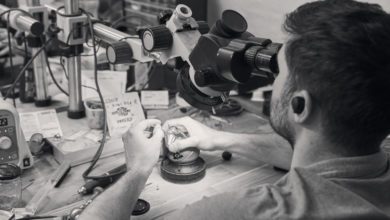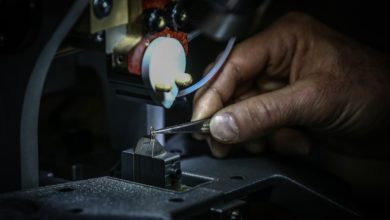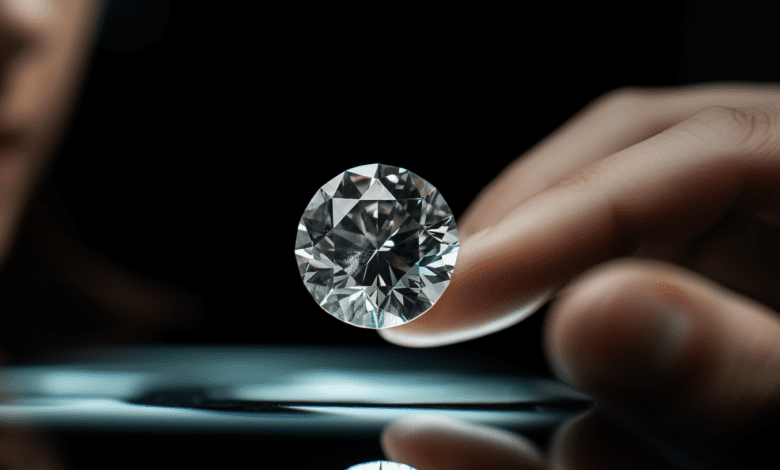
Lab-grown diamonds have emerged as a disruptive force in the jewellery industry, captivating both consumers and retailers with their ethical and sustainable appeal. As independent high street jewellers, it’s crucial to understand the background, science, and history behind these exquisite gems. In this article, we will explore the captivating world of lab-grown diamonds, weighing up their pros and cons to equip you with the knowledge needed to navigate this evolving market.
Background and Science
Lab-grown diamonds, also known as synthetic or cultured diamonds, are created through a technological process that simulates the natural diamond formation. They possess the same physical, chemical, and optical properties as their mined counterparts, making them visually and chemically indistinguishable. The process involves exposing a tiny diamond seed to high-pressure, high-temperature (HPHT) or chemical vapour deposition (CVD) methods, which allow carbon atoms to crystallise, layer upon layer, over time. The result is a breathtaking diamond that rivals its natural counterparts.
History
The concept of creating diamonds in a laboratory setting dates back to the mid-20th Century. General Electric (GE) was one of the pioneers in this field, successfully creating the first commercially viable synthetic diamond in 1954. These early lab-grown diamonds were primarily used for industrial purposes. However, advancements in technology and growing consumer demand for sustainable alternatives have propelled lab-grown diamonds into the forefront of the jewelry market.
Pros of Lab-Grown Diamonds:
- Ethical and Sustainable: Lab-grown diamonds are conflict-free, meaning they do not contribute to the issues surrounding the mining industry, such as environmental degradation or unethical labour practices. They offer a more conscious choice for socially responsible consumers.
- Price Advantage: Lab-grown diamonds typically cost 30-40% less than mined diamonds of comparable quality. This affordability allows retailers to offer a wider range of options to customers with varying budgets.
- Consistent Quality: Lab-grown diamonds exhibit consistent quality and have fewer inclusions compared to mined diamonds. This consistency allows jewellers to select diamonds with precise specifications, leading to greater customer satisfaction.
- Diverse Options: Lab-grown diamonds offer a wide variety of colours, including fancy and rare hues, expanding design possibilities for jewellery creations. This diversity can attract customers seeking unique and personalised pieces.
Cons of Lab-Grown Diamonds:
- Market Perception: Some consumers may still perceive lab-grown diamonds as inferior to their mined counterparts due to traditional notions and the historical significance associated with natural diamonds. Educating customers about the scientific equivalence of lab-grown diamonds can help address this perception.
- Limited Rarity: Natural diamonds have a unique appeal due to their rarity and geological formation. Lab-grown diamonds, although visually identical, lack the natural scarcity that some customers desire.
- Resale Value: Lab-grown diamonds currently have lower resale value compared to mined diamonds. However, as the market evolves and consumer demand increases, this aspect may change over time.
Conclusion
Lab-grown diamonds have brought a wave of transformation to the jewellery industry, offering ethical, sustainable, and affordable alternatives to natural diamonds. As independent high street jewellers, embracing this sparkling revolution can enable you to cater to the evolving preferences of customers, attract a broader consumer base, and align your business with sustainability. By understanding the background, science, and history of lab-grown diamonds and evaluating their pros and cons, you can make informed decisions that benefit your customers and your business in this rapidly changing market.


